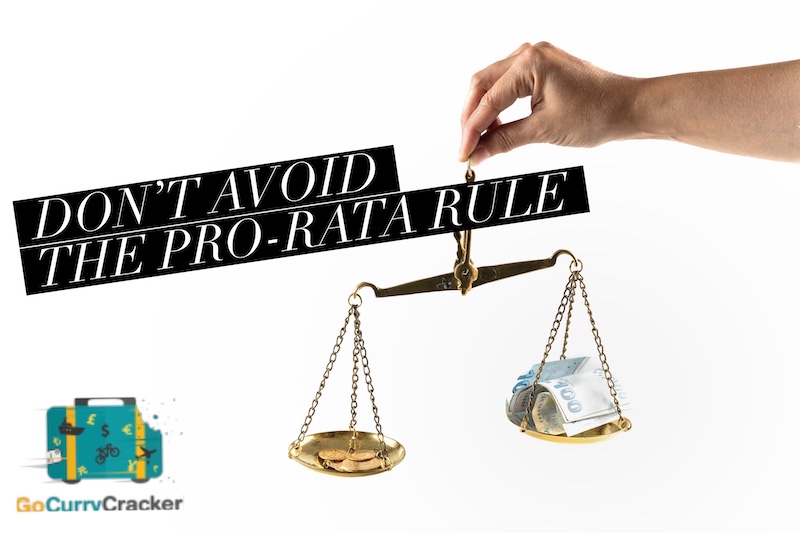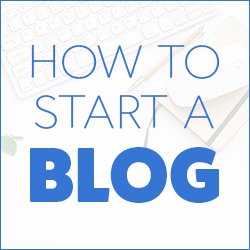“How do I avoid the pro-rata rule in retirement? Can I do X to avoid it?”
I’ve seen this question numerous times.
My general answer – don’t avoid the pro rata rule in retirement.
Don’t Avoid the Pro-Rata Rule
People generally become aware of the pro-rata rule because they want to do a backdoor Roth during their high income working years… that is, income is too high to:
- make a deductible contribution to a Traditional IRA
- contribute to a Roth IRA
Instead, you make a non-deductible Traditional IRA contribution and then (immediately) convert those funds to a Roth.
There is zero tax due on this particular Roth conversion because 100% of the converted amount is after-tax money.
Ta-da!!! You have sneakily put funds in a Roth IRA and showed the IRS who’s boss.
The Pro-Rata Rule
But sometimes, the pro-rate rule…
The pro-rata rule applies when you have BOTH pre-tax and post-tax money in any/all Traditional IRAs that you own (but a 401k is NOT an IRA.)
This is typically the case because you made (deductible) Traditional IRA contributions in the past and/or have a rollover IRA from a previous employers’ 401k, and now have a nondeductible IRA from your backdoor Roth efforts.
In that case, when converting funds to Roth the conversion money ALSO consists of BOTH pre-tax and post-tax money in the same proportion/ratio.
Some examples:
Example 1
IRA 1: $10,000 pre-tax
IRA 2: $10,000 after-tax
Pre/post-tax ratio: $10k/$20k = 50%
Convert $10k to Roth
50% is pre-tax and therefore taxed on conversion: $5,000
Example 2
IRA 1: $1,000,000 pre-tax (old rollover 401k)
IRA 2: $10,000 after-tax
Pre/post-tax ratio: 1kk/1.01kk = ~99%
Convert $10k to Roth
99% is pre-tax and therefore taxed on conversion: $9,900
When earned income is very high, and you want to be fancy and slide a Roth contribution under the IRS’ nose… the ideal is that a Roth conversion does not change taxable income. An existing pre-tax IRA is an inconvenience.
But in retirement… the ideal taxable percentage of a Roth conversion is exactly 100%.
Roth Conversions in Retirement
When working, the purpose of a Roth conversion is to circumvent Roth contribution rules.
In Retirement, the purpose is to pay tax NOW at a lower rate than if we paid tax LATER. (And sometimes the now tax rate is 0%.)
Choice 1
Roth conversion NOW: $50,000
Tax NOW: $0 / 0%
Choice 2
Roth conversion LATER: $50,000
Tax Later: $12,000 / 24%
One of these is objectively superior. In both cases, 100% of the conversion is taxable.
Bonus: Should you do a backdoor Roth?
Maybe? If you plan to retire very early (e.g. in your 30s) then a Roth IRA is not the dream account that many seem to think.
See: The Great Roth Controversy
The closer to age 59.5 you become, the more interesting Roth accounts become.
Roth Hypocrisy
If you are in the accumulation phase and saving so much money that a $7,000 (2025) Roth contribution is just a drop in the bucket and/or you already have a massive taxable brokerage account, then having a small amount in a Roth is fine.
In our case, we made zero Roth contributions while working, did no backdoor Roth conversions, and no mega backdoor Roth conversions. However, in retirement we made lots of Roth conversions at zero/low tax rates and also made contributions to Roth IRAs with a tax rate of 0%.
Summary
When you have high earned income and you really really want to circumvent the Roth IRA contribution rules, some shenanigans may be in order to avoid extra taxable income from the pro-rate rule.
In Retirement, we want 100% of a Roth conversion to be taxable. (Don’t overthink it.)




Taking your advice and not overthinking this. We have been stockpiling coffee with our free time and energy.
Yeah, that prorata rule is a kick in the cojones.. As a high (unearned) income early retiree would love to do a do some back door conversions, but because of the prorata rule it doesn’t seem worth the effort and record keeping. OH well..
I’m not sure I follow what you are saying.
You need earned income to do a back door Roth.
You don’t need earned income to do a Roth conversion, and when you do (in retirement) you want the conversion to be taxable income. There is no record keeping involved beyond just keeping track of basis on the conversion
Hey GCC,
This was super helpful. Can you describe the mechanics of how the prorata rule works? I have pre and post tax IRAs at both Vanguard and Fidelity. If I convert some pre-tax IRAs to a Roth at Vanguard, what sort of tax statements do I receive or do I need to completely determine my own taxable amount? Thanks
You get a 1099-R for the conversion and fill out form 8606 for the pro-rata amount. IRA basis is also tracked on 8606.
In the context of this post, after-tax means nondeductible Traditional IRA (not Roth IRA.)
Excellent. Thanks. Yes, I’m talking about pre-tax roll-over IRAs from a 401k. Most articles in the FI space seem to stop when you get to the pro-rata step which I incorrectly assumed must be a bad thing. This article has helped a lot.
I am going to have to read this about 10 times to understand this. I have a traditional IRA and I am wondering if i need to convert to a Roth IRA. Retirement is coming very soon. Thank you for your blog. Your blog (and Root of Good and Millionaire Educator) has changed my mindset and allowed me to better handle my money.
Lots of good blogs out there for sure.
Most likely this doesn’t apply to your situation, as most people don’t choose to make non-deductible Traditional IRA contributions.